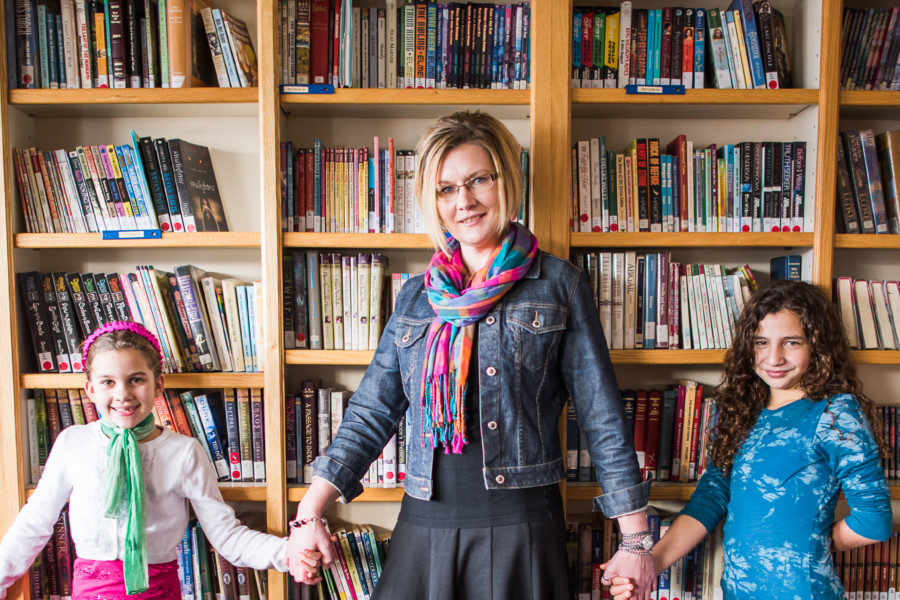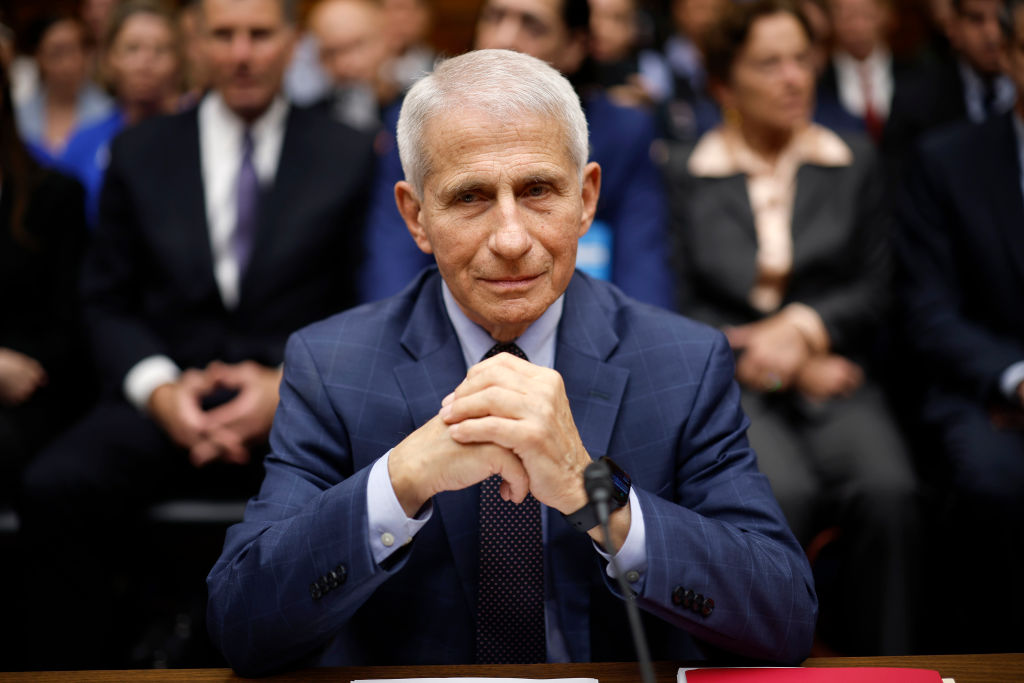These days, ‘school choice’ has become such a polarizing term that many bristle at the mere mention of it. Up to this point, discussions have centered on public charters vs. traditional public schools, yet talk about religious schools has been largely left to the periphery. But that will soon change, once we hear the outcome of a potentially landmark education case that’s currently before the Supreme Court. And if tradition holds, bitter political arguments over the outcome are certain to overlook the most important stakeholders — the children and their parents.
The case, Espinoza v. Montana Department of Revenue, originated when Kendra Espinoza and two other mothers were told in 2015 that they could no longer use a state scholarship program to pay for their children to attend their private religious schools. Previously designed to include private, public and religious schools, the scholarship program had been modified to exclude the latter based on a Montana state provision prohibiting public funding for religious schools.
This left Espinoza with the choice to either give up the scholarship funds or move her children to a different private, but secular, school. The focal point of this case for the justices, then, is the separation of church and state — determining whether it’s appropriate for federal funds to be used to enroll students at religious schools.
But whether it’s a school voucher system, a state scholarship, or other mechanisms of choice, the ultimate goal of these tools is to help parents place their children in the kind of learning environment that best meets their needs. So if a program allows for funds to be applied toward a student’s enrollment in private institutions, the religious or secular nature of that institution should only matter to the people directly affected. Of course, that’s the families themselves.
Critics argue that religious schools shouldn’t be given separate federal funding for operational, overhead, or tax purposes. They’re not wrong, but that’s also not what this program is doing. When parents utilize scholarship funds to help pay for their child’s tuition, the real beneficiary of the scholarship funds is the student, not the institution. To deny a parent the ability to apply publicly available resources to a parochial school would be akin to barring a federal employee from enrolling their child in that same school because their salary came from the government. Or, as Deputy Solicitor General Jeffrey Wall put it, ‘you can’t deny a generally available public benefit based solely on its religious character.’
So while SCOTUS’s deliberations and the broader debate has focused largely on church vs. state and religious freedom, the real focus should be how best to connect parents to the resources they need to make good decisions for their children. For many parents, the decision to send a child to a religious school may not be based solely on the religious factor itself — or perhaps even at all. Rather, it may be rooted in a variety of factors like curriculum, teacher-to-student ratio, location, student body demographics or other issues of personal preference.
When evaluating the benefits of applying vouchers toward public or private schools, parents should have the ability to consider all private school options equally. The role of religion in this equation is as personal to the family as any other factor, anyway, and should be left in the hands of the parent. Similarly, if a parent has a particular affinity for or against schools with religious affiliation or curricula, they’re the ones best suited to indicate this via their choice of institution.
A ruling in favor of Espinoza would not just grant more freedom of choice to parents, it may also help encourage lawmakers to move away from restrictions and focus on connecting students to new options previously unavailable by growing tax-credit programs and increasing the number of institutions able to participate. Too, it may drive up the quality of regional education by increasing overall competition.
This case should be a no-brainer. But unfortunately, rather than being a unifier, the topic of education and its funding has been twisted into a political tool that folks wield during various federal vs. state, private vs. public, and left vs. right arguments. While these debates rage on, the real losers are the parents and students who are prevented from accessing the resources they need to make choices that are best for them.
It’s critically important to respect the constitutional mandate of the separation of church and state, and the good news is that a ruling in favor of Espinoza won’t violate that. The New York Times reported that Chief Justice John Roberts ‘seemed to be searching for a limiting principle, one that would allow scholarships but stop short of requiring state support for religious education in other contexts.’ That’s a win-win. Let’s hope the rest of the bench follows his lead.


























